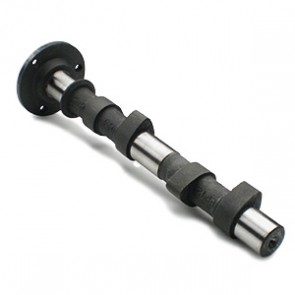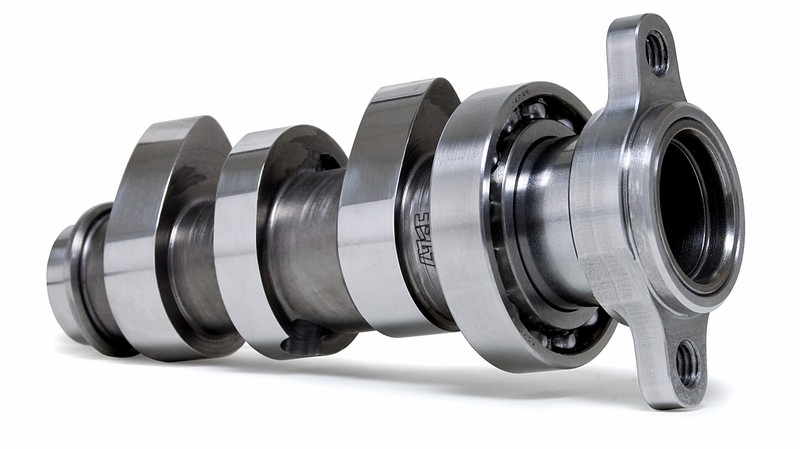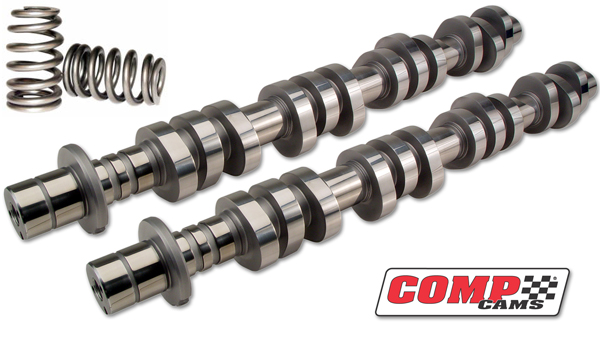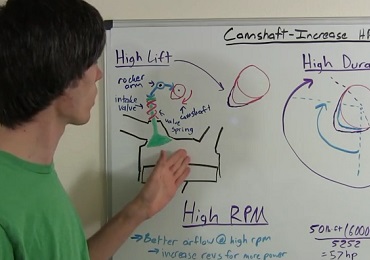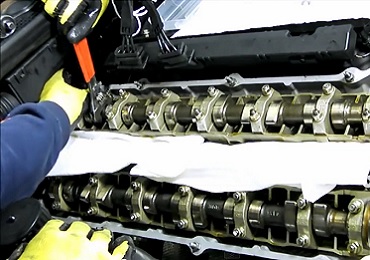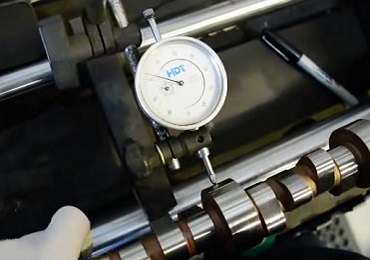Camshaft
An early cam was built into Hellenistic water-driven automata from the 3rd century BC. The camshaft was later described in Iraq (Mesopotamia) by Al-Jazari in 1206. He employed it as part of his automata, water-raising machines, and water clocks such as the castle clock. The cam and camshaft later appeared in European mechanisms from at least the 14th century, or possibly earlier.
What is camshaft
A car camshaft is a rotating cylindrical shaft used to regulate the injection of vaporized fuel in an internal combustion engine. These are occasionally confused with the crankshaft of the engine, where the reciprocating motion of the pistons is converted into rotational energy. Instead, camshafts are responsible for the accurately-timed fuel injections required by internal combustion engines. Camshafts have multiple cams on them, which are used to open valves through either direct contact or pushrods. A camshaft is directly coupled to the crankshaft, so that the valve openings are timed accordingly. For better understanding what camshaft is learn how it works. Let's take a closer look.
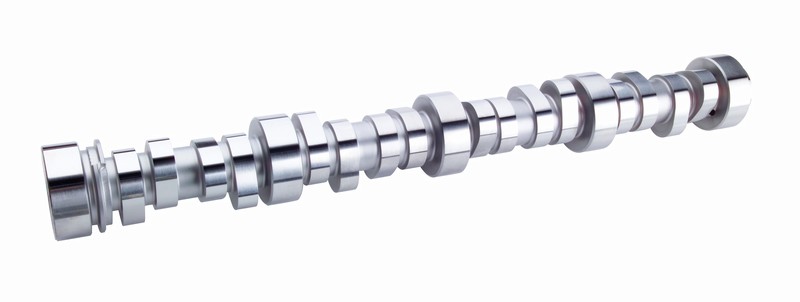
How does a camshaft work?
The key parts of any car camshaft are the lobes. As the camshaft spins, the lobes open and close the intake and exhaust valves in time with the motion of the piston. It turns out that there is a direct relationship between the shape of the cam lobes and the way the engine performs in different speed ranges.
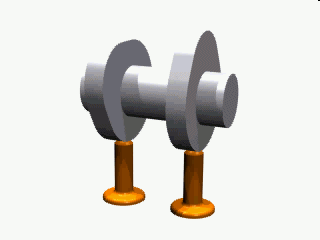
When the intake valve opens and the piston starts its intake stroke, the air/fuel mixture in the intake runner starts to accelerate into the cylinder. By the time the piston reaches the bottom of its intake stroke, the air/fuel is moving at a pretty high speed. If we were to slam the intake valve shut, all of that air/fuel would come to a stop and not enter the cylinder. So how does a camshaft work in terms of engine performance? By leaving the intake valve open a little longer, the momentum of the fast-moving air/fuel continues to force air/fuel into the cylinder as the piston starts its compression stroke. So the faster the engine goes, the faster the air/fuel moves, and the longer we want the intake valve to stay open. We also want the valve to open wider at higher speeds -- this parameter, called valve lift, is governed by the cam lobe profile. The way camshafts work may impact on an engine's performance at different speeds.




